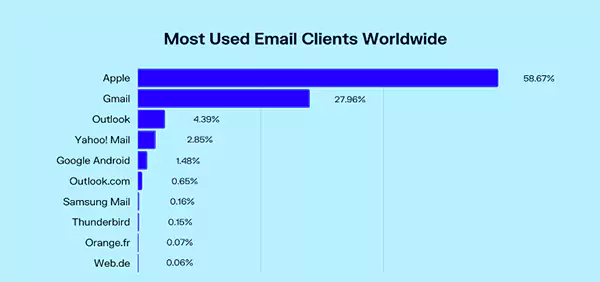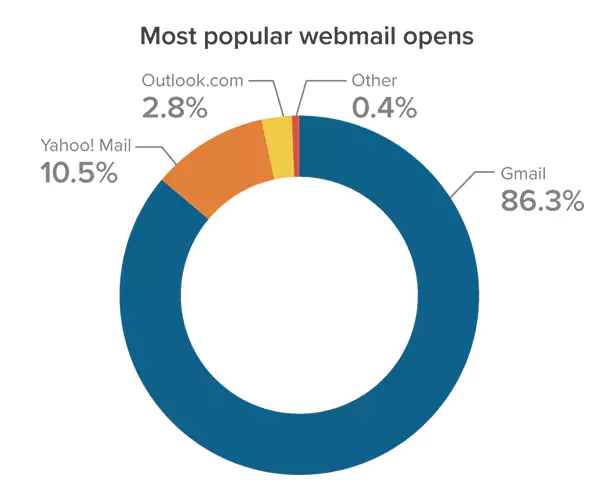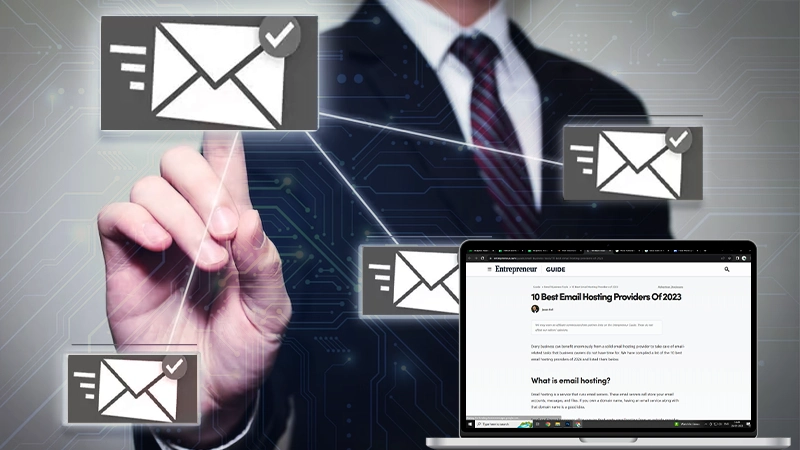Email vs. Webmail: What’s the Difference?
Years before text messaging became widespread, email went mainstream. This was also around the same time instant messaging became viral, and it came in response to the need for a quicker means of communication. Ever since its introduction, electronic mail has played a major role in revolutionizing transmission.
But even with its widespread recognition, it is often mixed up with webmail, another means of correspondence often used by Ignition online poker enthusiasts. Thus, it becomes important to understand the differences between the two, so you can choose the right platform suitable for your communication needs. So let’s get right into what each of them entails, as well as their differences.
|
What is Email?

Email is an abbreviated form of electronic mail and a term that implies sending messages from one person to another. Usually, this gets done over the Internet or any other computer network.
And with the introduction of cyberspace, it acts as a means of communication and came as a replacement for postal mail. So humans did not have to send a handwritten letter through the postal, but could do so via electronic post.
There are various methods of sending it, with the most popular non-browser-based method being Microsoft Outlook. Apple Mail is also just as popular but with it, you don’t have to pay, unlike Outlook, since it already comes installed on your Apple devices.
What is Webmail?

Webmail is also a means of sending or receiving messages, except that it involves a web browser rather than an email client. So when you send a message, it gets stored in the webmail or Internet service provider’s server. As such, it is best to use if you are always on the move, as it allows you to access your post from any device.
It implies that you are accessing your electronic mail via your provider’s servers, so long as you have a net connection. So all you need is to log in to a website linked to your account, and you are good to go.
What are the Common Differences?
Here are the common differences that distinguish email from webmail.
Accessibility
Since it is easy to acquire webmail on any device that has Internet connectivity and a web browser, this makes it more convenient to access. Electronic mail clients, on the other hand, do not enjoy the same level of flexibility. Instead, they are required to obtain their messages on the same application that downloaded the data.
So in the absence of this specific device, its users are limited.
Storage Location
The major difference between these two means of communication is where the data gets stored. For conventional mail messages, downloaded data is stored locally on the device used. But for webmail, all memos get stored on the email or Internet provider’s servers.
Cross-Device Syncing
The fact that you can access webmail via the net makes it possible for messages to get synced on the gadget the client logs in to. But those who use mail are limited as regards this. To synchronize email data, however, across multiple devices is not as easy and may require additional setup.
Offline Access
Offline access is one advantage of using mail instead of webmail. Electronic mail users enjoy the ability to view their past and present memos regardless of if there is a net connection or not. This is possible because their memorandums are only stored locally on the device.
But this is not always the case with webmail clients. This service relies on internet service to function well, and without this, it may be impossible for users to check out their messages. However, some providers may offer limited offline access, but not in the same manner Email does.
Device Dependency
Another feature that sets apart mail from webmail is the need, or lack thereof, to set up an account on a new application. This is because the conventional electronic post is very dependent on the application used, so it is impossible to access your data unless you log in with your details to the new one.
But webmail is not so dependent on the device. Rather, you do not need any further setup on new ones, so long as there is an internet connection.
Updates and Maintenance
One other difference that further distinguishes between these two means of communication lies in the update and maintenance that each receives. For webmail, the updates and maintenance come automatically from the providers. So, the users do not have to do anything before they enjoy easy access to the latest features and services.
In comparison, however, email users may need to carry out manual updates on their own before enjoying the latest software updates.
|
Closing Words
Both email and webmail are powerful methods of communication between users. They are quite similar to each other and are often confused together, but they have certain differences. And while they each have their advantages over the other, it is up to you to decide which option you prefer.








